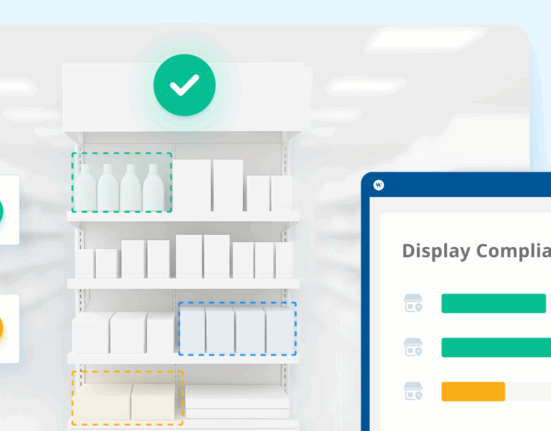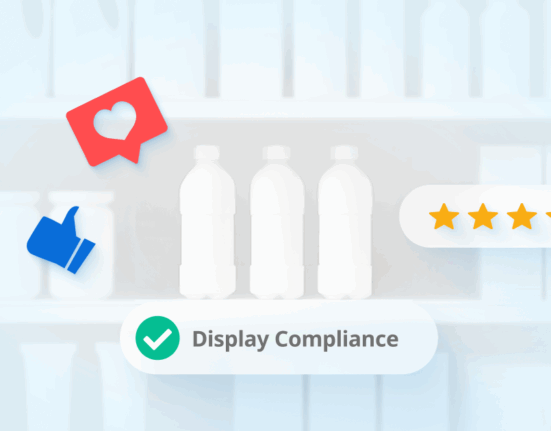Minimum advertised price (MAP) is defined as the lowest price that a retailer can advertise a brand’s product for. This doesn’t mean that this is the lowest price that they can sell it for, but MAP policies establish the lowest price that can be shown online or in an advertisement.
The right MAP provider can help your team save hours of time monitoring eCommerce sites or online advertisements to see whether your resellers are following the agreed-upon MAP policy. A third-party software platform can also help your team search for violations, inform you when violations are discovered, and assist you with reseller communication and enforcement.
Here are five questions to ask when choosing your next MAP platform:
1. What Comes After Identifying the MAP Violations?
Many brands find that identifying MAP policy violations is only a small part of the battle. After discovering them, you will want to make sure that you have a process for enforcement. For example, if you’re a parent and you find out that your kid is misbehaving, that’s only a small part: You need to actually have a process or consequence to stop them and prevent them from misbehaving in the future.
You also need to have a way to notify sellers and manage sellers’ contact information (this can get tricky, especially when there are multiple violators.) Sometimes, this can also be an opportunity to get unauthorized violators to become an authorized seller and agree to your MAP policy.

2. What Will Be Your MAP Monitoring Workflow?
It’s important that the provider you choose to monitor sellers, identify price violations, and enforce your MAP policy is right for you. You will want easy access to a dashboard or an easy-to-read report for your company’s executives to get a quick glimpse of what is happening. This will help you keep everyone well-informed all the way up the chain.
Custom dashboards typically provide a simpler, easier-to-follow level of insights, but are often at a higher price point than Excel sheets. Remember that technology will make life easier, but if used incorrectly it can cause more headaches than it solves.
3. Does your MAP Vendor Provide Ongoing Customer Service and Support?
But what happens when (inevitably) something goes wrong? You’re going to want some actual humans (SaaS bots can never compete with a real person, at least for now) to help guide you through your questions in real-time and provide recommendations to increase productivity and save your team some extra effort.
The ability to keep your team informed and up to date on all the latest services is also important. Videos or walk-through demos will make it easy for your new employees to ramp up quickly and decrease the number of questions that they have, meaning that your team can answer any high-level questions themselves.
4. What is the Future Roadmap?
It’s also important to keep track of how your MAP solution can evolve alongside your business as it grows and evolves. Usually, this means:
- A directory of seller contact information that scales with your business
- A constantly evolving and easy-to-use dashboard
The marketplace is changing very quickly, and while most vendors are unlikely to have everything that you want, it’s important to know what’s essential to your business and aim high. After all, products and services will continue to grow, and you need to know what to look out for.
5. How Much Does the MAP Monitoring Service Cost?
Price consideration is a must when choosing your MAP compliance monitoring and enforcement tool. Pricing will usually be based on the number of sites that you want to be monitored for MAP violations (such as Google Shopping, Walmart, or Amazon), the frequency of data extraction (how often you are searching for violations: daily, weekly, or monthly), and the total number of SKUs that you are tracking.
Overall, it’s important to consider what kind of workflow is best for your business’ MAP monitoring and enforcement. The first thing you and any potential vendor should be clear on is what the exact guidelines are of your MAP policy and how it will be enforced. Bonus if the vendor offers a free demo so you can see if the service is really getting you any bang for your buck.
Then you should set expectations for who will be the MAP point of contact at your company and on the vendor side for any potential questions and complications that will ultimately arise.
You need to be able to rely on and trust your MAP policy provider, no matter who you choose to go with.
Editor’s Note: Contributing writer is Alexandria Flores. This post was originally published in September 2019 and has since been updated and refreshed for readability and accuracy.










